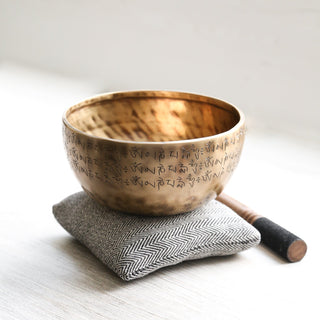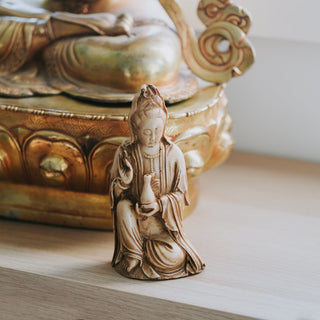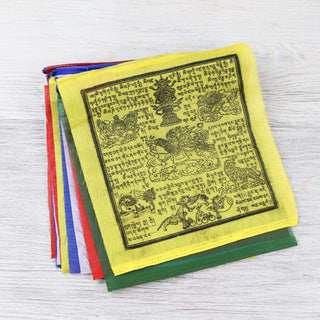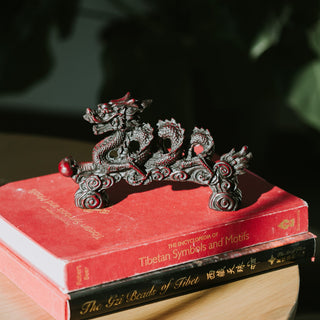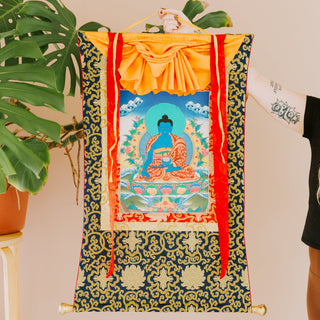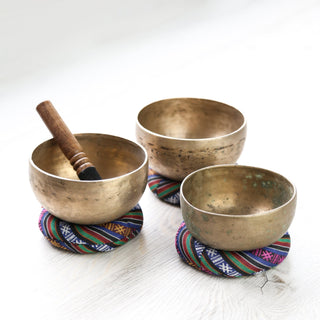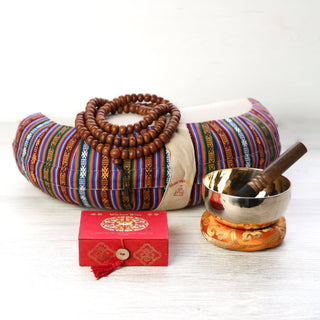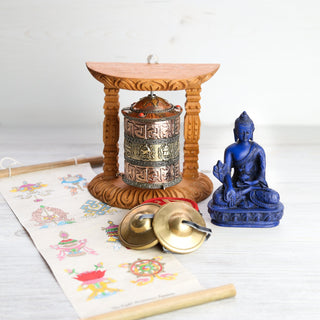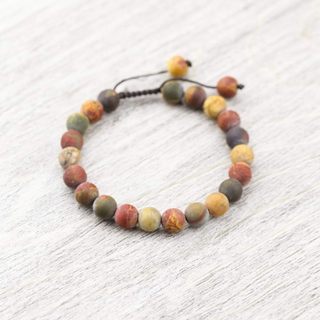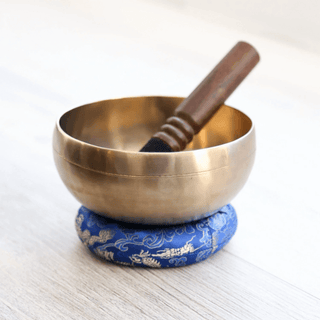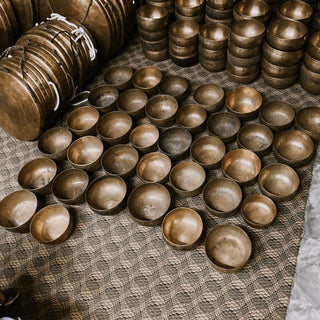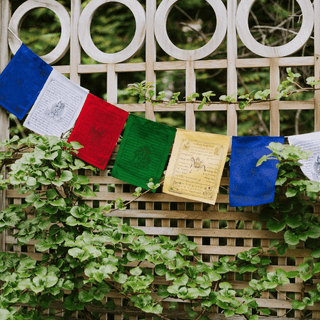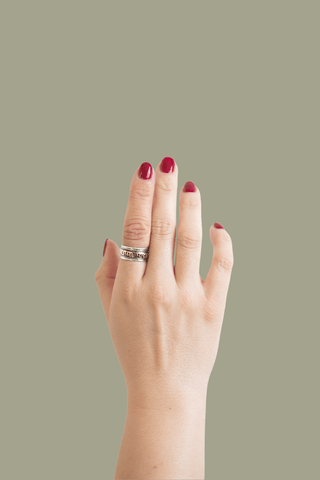In Tibetan Buddhist art, the creation of statues is a highly revered and respected process. One of the most common methods used to create these beautiful works of art is the lost wax method, which has been used for centuries to create intricate and detailed sculptures. In this post, we'll take a closer look at the lost wax method and how it is used to create Tibetan Buddhist statues.
The lost wax method, also known as cire perdue in French, is an ancient technique that has been used by artisans for thousands of years to create a wide range of objects, from jewelry to sculpture. The process involves creating a mold of the desired object, which is then filled with molten metal or wax to create a replica. The mold is then removed, leaving behind the final sculpture.
In the case of Tibetan Buddhist statues, the process typically begins with the creation of a clay model of the statue. This model is carefully crafted by a skilled artisan, who uses traditional techniques and designs to create the desired shape and appearance of the statue. The clay model is then used to create a mold, which is typically made from plaster or other materials.
Once the mold is complete, it is filled with molten metal, such as bronze or copper. The metal is allowed to cool and solidify, after which the mold is removed, revealing the final statue. The statue is then carefully polished and detailed to bring out the intricate designs and features of the sculpture.
One of the unique aspects of the lost wax method is that it allows for a high level of detail and precision in the final statue. This is especially important in the case of Tibetan Buddhist statues, which often feature complex designs and intricate details. The lost wax method allows the artisan to capture these details in the final sculpture, creating a beautiful and faithful representation of the original clay model.
In addition to its precision and detail, the lost wax method also allows for a level of flexibility and creativity in the creation of Tibetan Buddhist statues. The artisan has the ability to modify and adjust the clay model as needed, making changes and adjustments to the design and shape of the statue until it is just right. This allows for a high level of personalization and uniqueness in each statue created using this method.
Overall, the lost wax method is a time-honored tradition in the creation of Tibetan Buddhist statues. Its combination of precision, detail, and flexibility make it an ideal choice for creating these beautiful and sacred objects. The statues created using this method are revered for their beauty and spiritual significance, and are an important part of Tibetan Buddhist culture.






